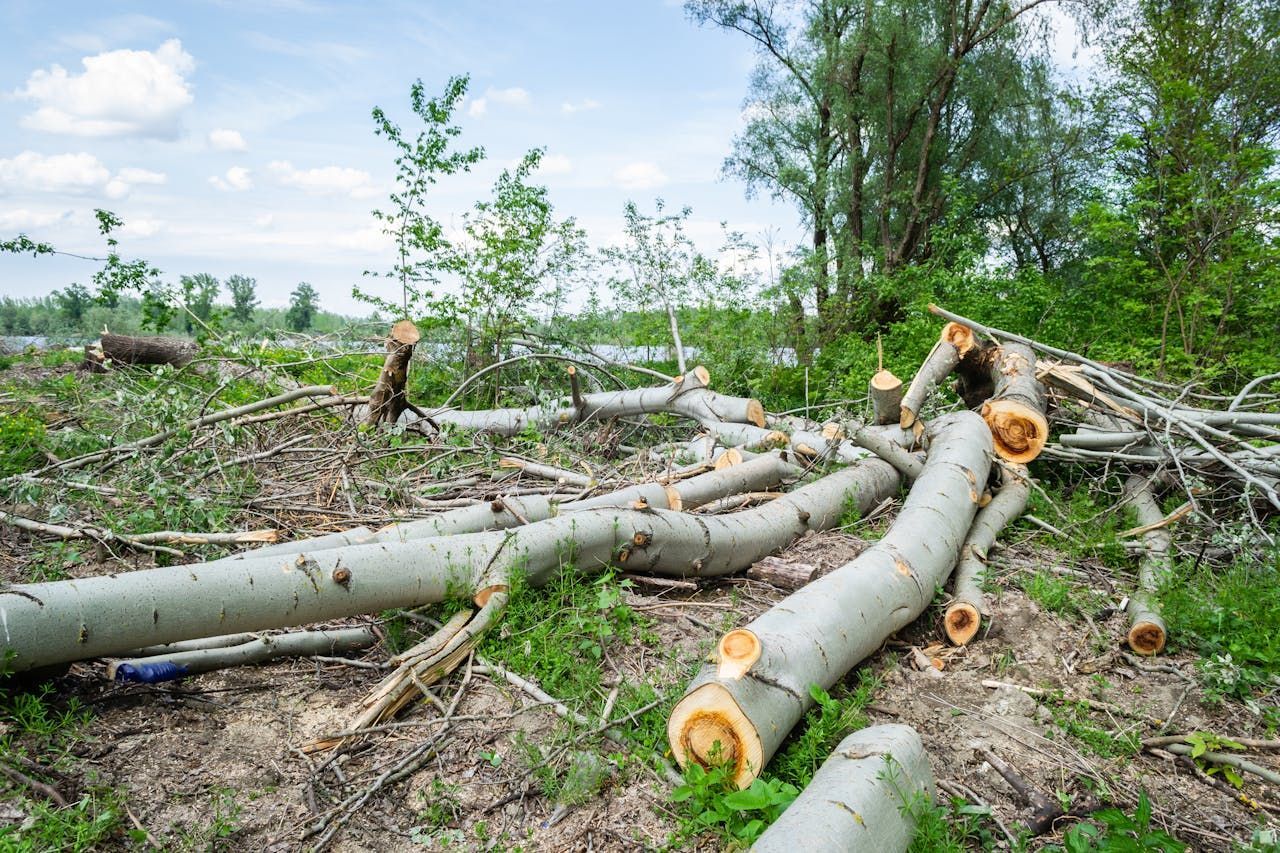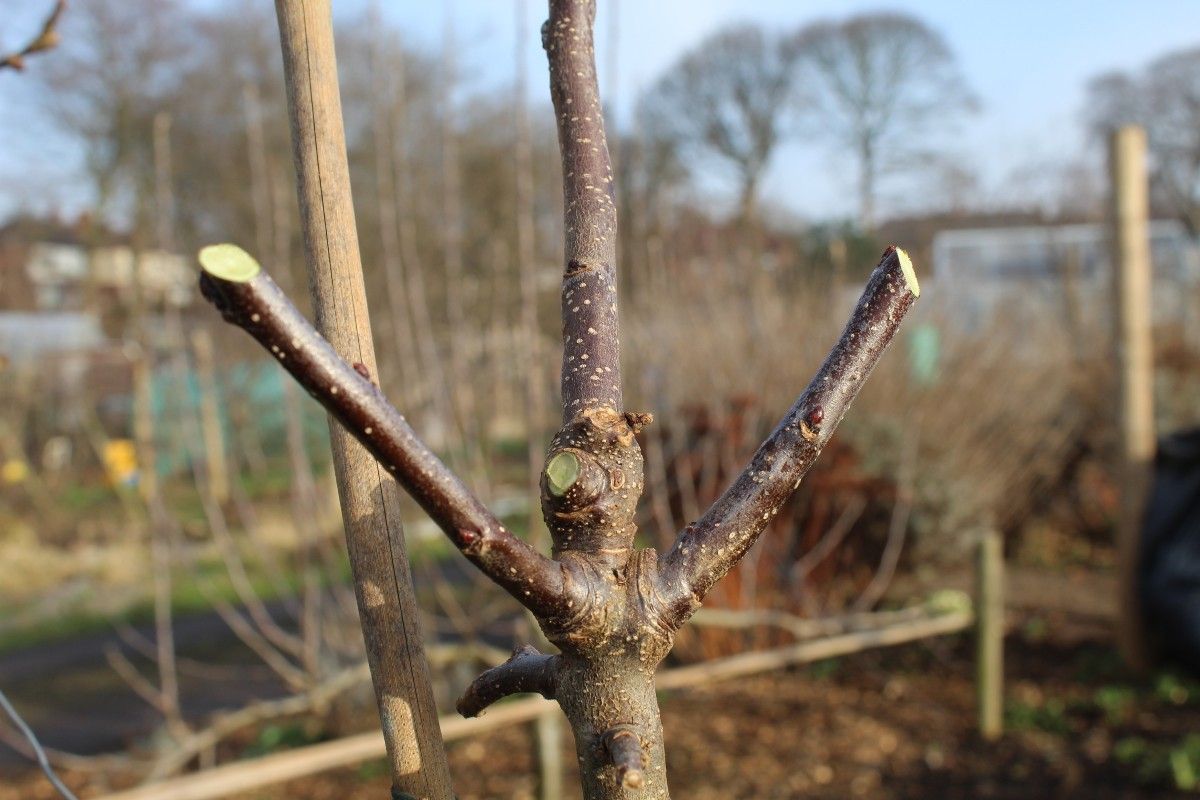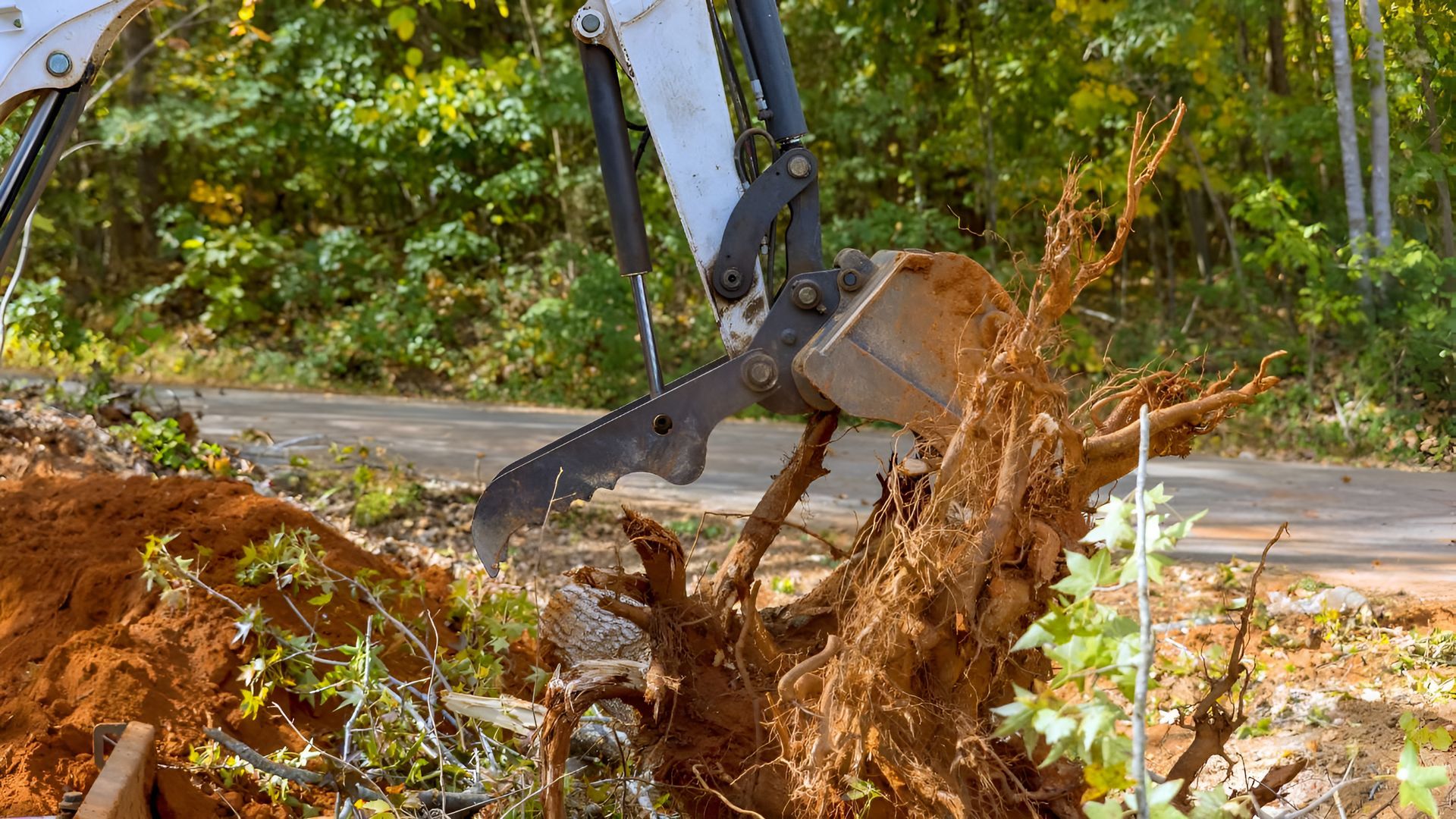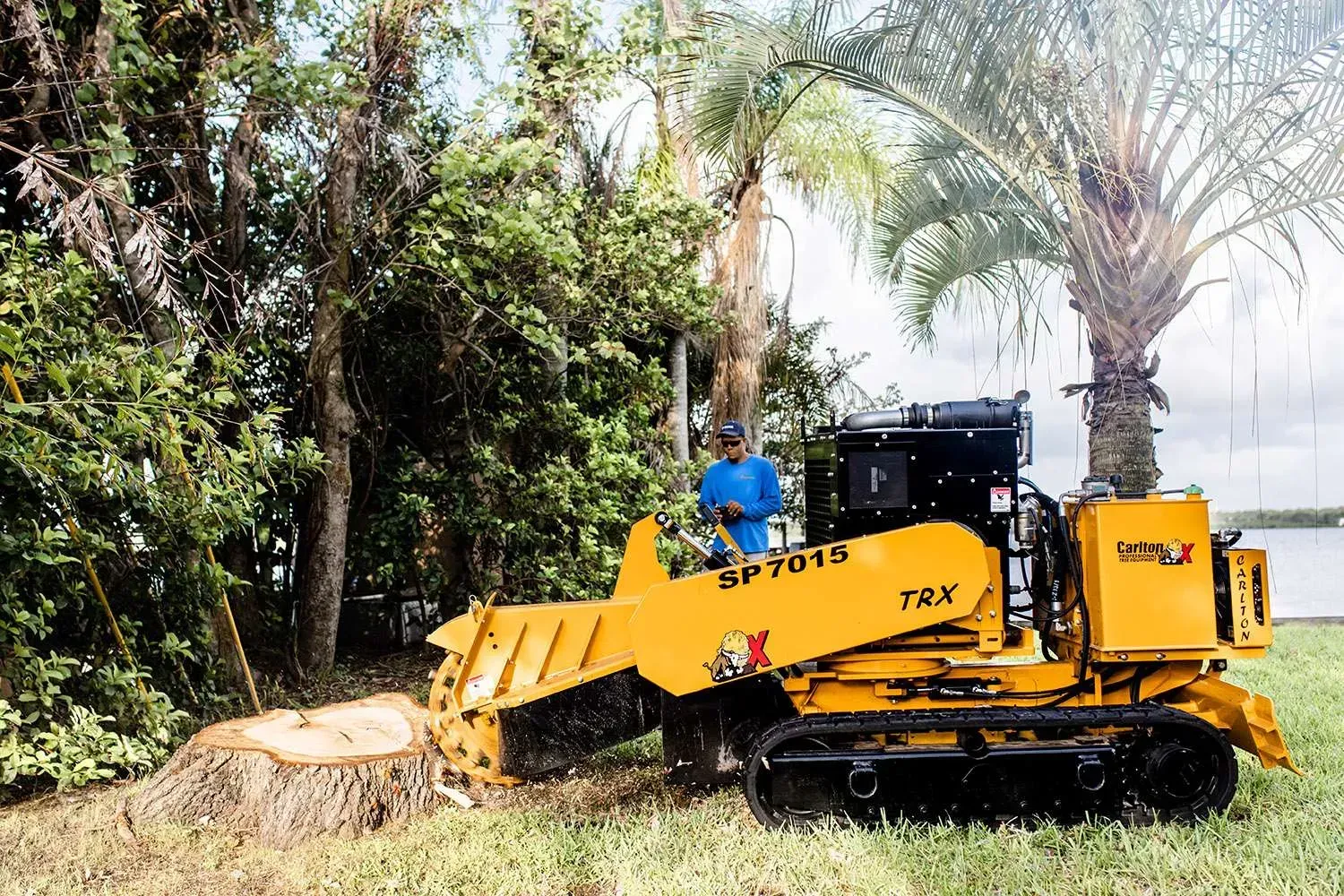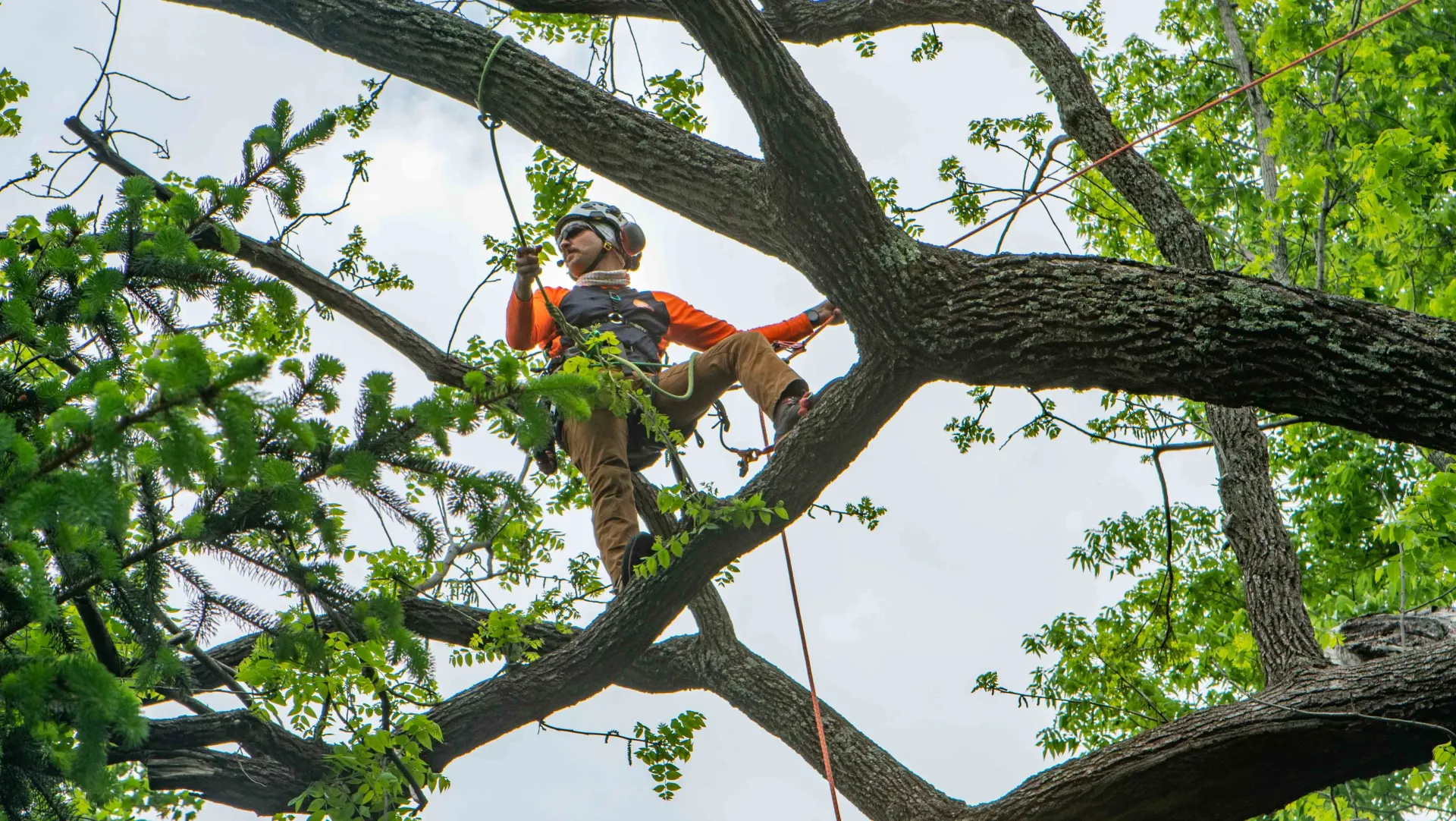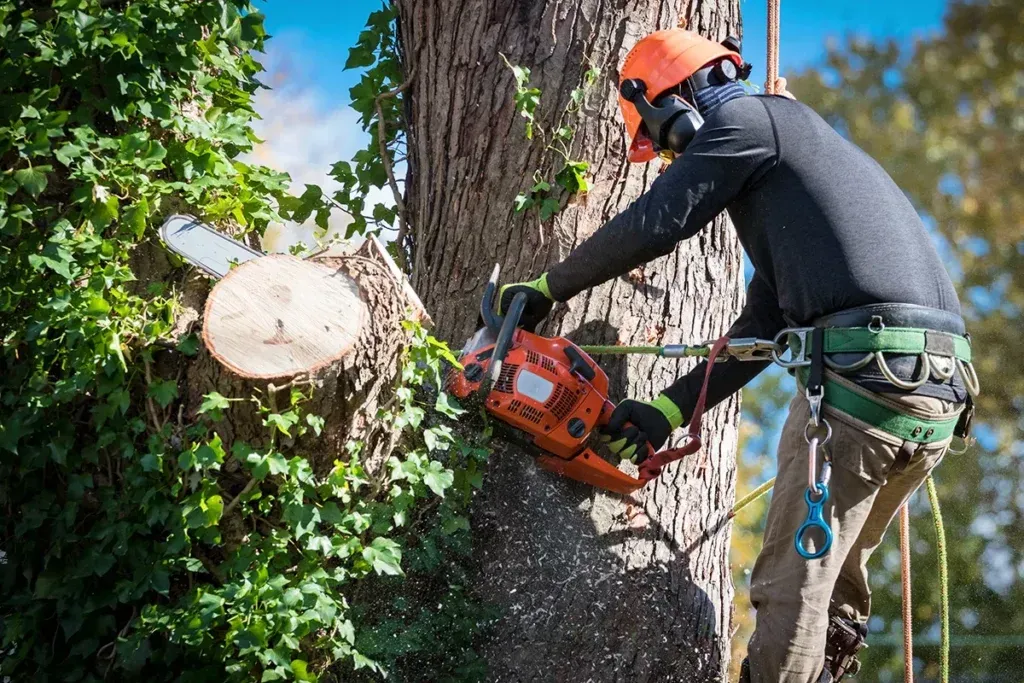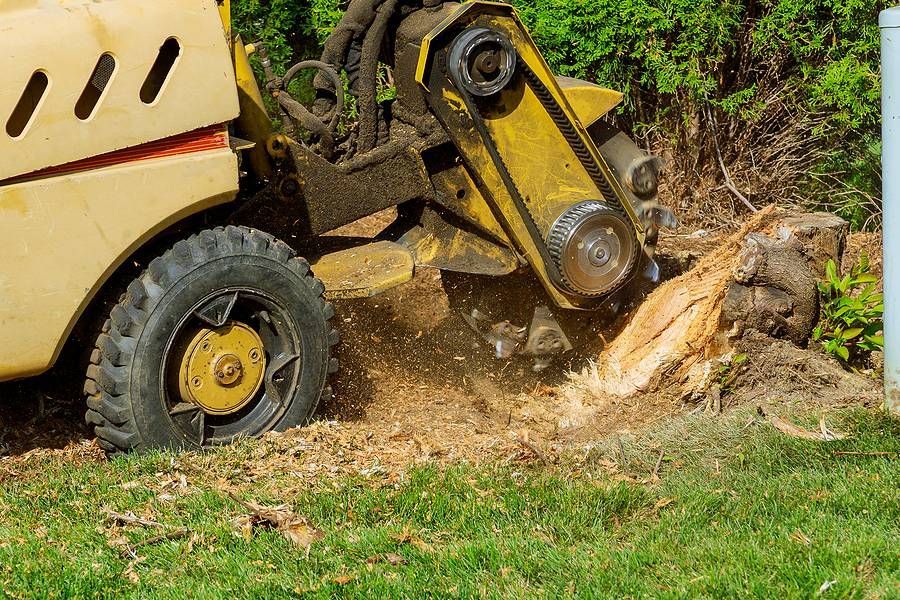What Are Tree Removal Services and When Do You Need Them?
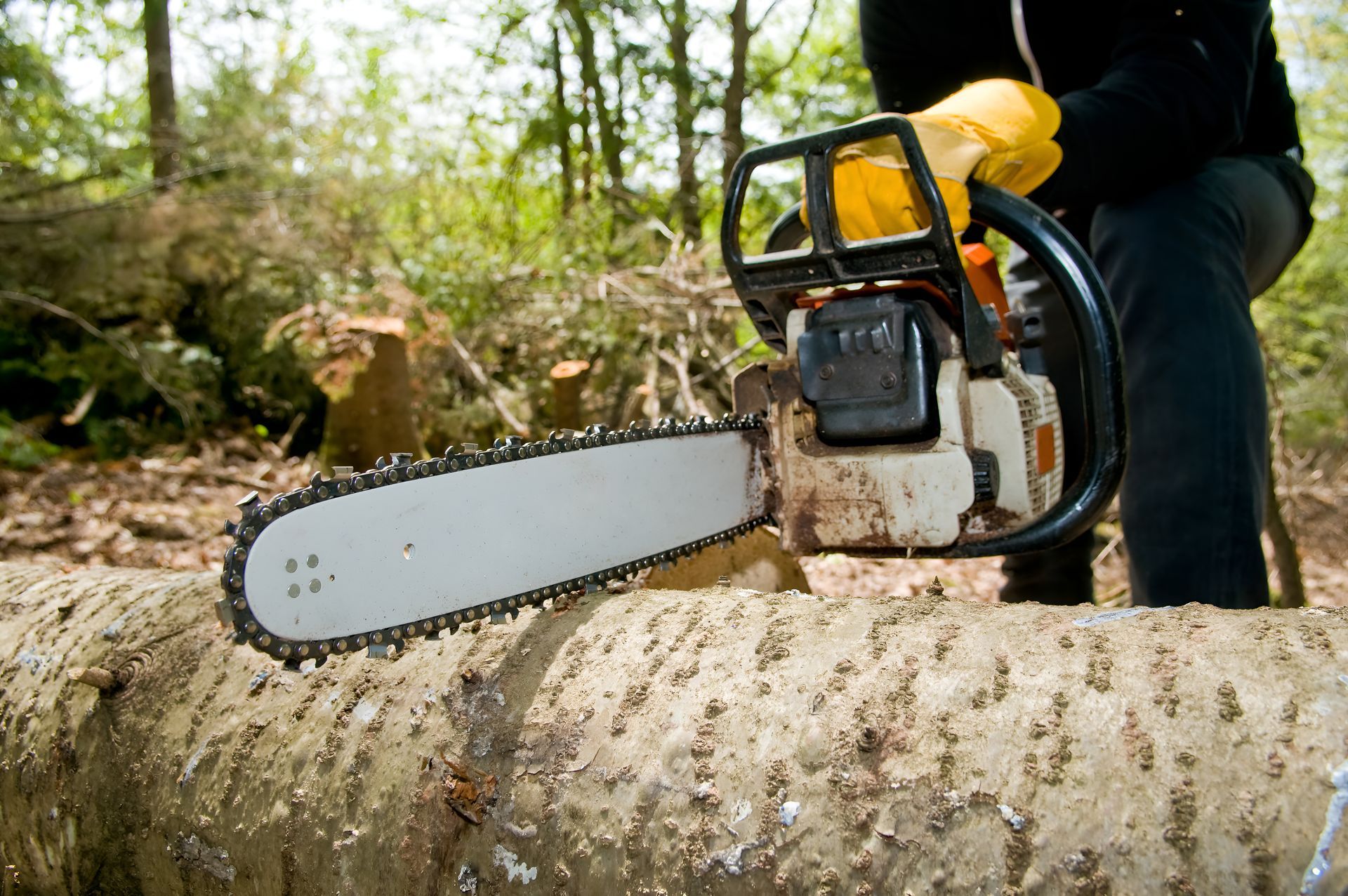
Trees add beauty, shade, and value to any property. However, there are times when they pose risks to safety or property integrity. When a tree becomes a hazard, removal is often the best solution. Understanding tree removal services can help homeowners and property managers make informed decisions about when and why a tree needs to go.
In this guide, we’ll cover the key aspects of
tree hazard assessment, signs that indicate a tree should be removed, and factors that impact tree removal cost. Whether you’re dealing with a dead tree removal or a potentially dangerous overgrown tree, knowing what to expect will help you prepare for the process.
Understanding Tree Removal Services
Tree removal involves cutting down and disposing of trees that are dead, diseased, or hazardous. Professional tree removal services ensure the process is done safely, preventing damage to nearby structures, power lines, or landscaping.
A complete tree removal service typically includes:
- Tree hazard assessment – A professional arborist inspects the tree for safety risks.
- Tree cutting – The tree is strategically cut down in sections to prevent accidents.
- Stump removal – Some services grind the stump to prevent regrowth.
- Debris cleanup – Branches, leaves, and wood are hauled away or turned into mulch.
Not every tree needs to be removed, but when there’s a clear danger, prompt action is crucial.
Signs You May Need a Dead Tree Removal
A dead tree removal isn’t just about aesthetics—it’s a safety issue. Dead trees lose structural stability, making them prone to falling in storms or high winds. Some warning signs include:
- No leaves or dry, brittle branches
- Large cracks or splits in the trunk
- Mushroom or fungal growth at the base
- Peeling bark or deep cavities
- Leaning unnaturally to one side
If a tree on your property shows these signs, a professional evaluation is recommended to determine the next steps.
Tree Hazard Assessment: When Is a Tree Dangerous?
A tree hazard assessment helps determine whether a tree is a risk to people, property, or utility lines. This process is conducted by certified arborists who inspect:
- Structural stability – Checking for cracks, weak branches, or hollow trunks.
- Proximity to structures – Evaluating the risk of falling on homes, fences, or vehicles.
- Root health – Identifying weak or decaying roots that could cause the tree to fall.
- Disease or infestation – Detecting fungi, pests, or infections that compromise the tree.
Even a healthy-looking tree can be a hazard under certain conditions, making professional assessments essential.
What Affects Tree Removal Cost?
The tree removal cost varies based on multiple factors. Some trees are easier to remove than others, while larger or more complex removals require specialized equipment and expertise. Here are some elements that influence pricing:
1. Tree Size and Height
- Small trees (under 30 feet) are generally cheaper to remove.
- Medium trees (30-60 feet) cost more due to increased labor.
- Large trees (over 60 feet) require cranes and expert handling, raising costs.
2. Tree Condition
- A dead tree removal may cost less if the tree is already weakened and easier to cut.
- A tree with extensive decay or instability can be more hazardous and expensive to remove.
3. Location and Accessibility
- Trees close to homes, power lines, or other structures require careful removal, increasing costs.
- Easy-to-access trees in open areas are typically cheaper to remove.
4. Additional Services
- Stump grinding adds to the total cost but prevents regrowth.
- Emergency tree removal due to storm damage may have higher rates.
- Debris hauling and wood chipping services may come at an extra charge.
On average, homeowners can expect tree removal cost to range from a few hundred to several thousand dollars, depending on these factors.
The Importance of Hiring Professionals for Tree Removal
While DIY projects can be appealing, tree removal services require professional expertise. Improper handling can result in injuries, property damage, or even legal liabilities if the tree falls incorrectly.
Why Work With a Professional?
- Safety assurance – Licensed professionals follow strict safety protocols.
- Proper equipment – Specialists use cranes, ropes, and protective gear.
- Efficient removal – Experts ensure the process is done quickly and correctly.
- Liability protection – Hiring an insured company prevents financial risks if accidents occur.
Hiring a professional service minimizes risks and ensures the job is done efficiently.
Preventative Measures to Avoid Emergency Tree Removal
Regular maintenance can help reduce the likelihood of needing emergency tree removal. Here’s what we recommend:
- Schedule routine inspections – A professional tree hazard assessment can identify risks early.
- Trim branches regularly – Prevent overgrowth and reduce weight stress on limbs.
- Check for disease or decay – Catching infections early can sometimes save a tree.
- Monitor soil and root health – Weak or eroded soil can cause trees to fall unexpectedly.
Proactive care not only extends a tree’s lifespan but also saves money by avoiding costly emergency removals.
Knowing When to Remove a Tree
Understanding tree removal services helps homeowners and property managers make informed decisions about safety and property upkeep. Whether it’s a dead tree removal, an urgent tree hazard assessment, or planning around tree removal cost, taking action at the right time prevents bigger problems down the road.
If you suspect a tree on your property needs professional attention, it’s best to consult an expert before the situation worsens. Safe, responsible tree removal protects both your home and the environment.
For legal guidance on property-related concerns, Collins & Associates is here to help. Contact us at
812-475-1234 or email us at
rich@collins-law.com for expert advice.
Frequently Asked Questions
1. What factors influence tree removal cost?
The tree removal cost depends on several factors, including the tree's size, condition, and location. Larger trees or those in difficult-to-access areas typically require specialized equipment and more labor, increasing the price. Additional services like stump grinding or emergency removal can also affect the total cost.
2. When is dead tree removal necessary?
A dead tree removal is essential when the tree poses a risk to people or property. Signs that a tree needs removal include brittle branches, missing bark, fungal growth, or a leaning trunk. Dead trees lose structural stability over time, making them more likely to fall during storms or strong winds.
3. What is a tree hazard assessment, and why is it important?
A tree hazard assessment evaluates a tree’s health and stability to determine if it poses a safety risk. Certified arborists inspect for disease, weak roots, structural damage, and proximity to buildings or power lines. Regular assessments help prevent unexpected tree failures and costly emergency removals.
4. How can I reduce the cost of tree removal?
To lower tree removal cost, schedule removal during the off-season when demand is lower, get multiple quotes from professionals, and consider handling debris removal yourself. If the tree is not an immediate hazard, planning the removal in advance can also help you find cost-effective options.
5. Can a tree be saved instead of removed?
Not all trees need to be cut down. A tree hazard assessment helps determine if treatments like pruning, cabling, or disease management can save a tree. However, if a tree is severely damaged, diseased, or completely dead, removal may be the safest and most cost-effective option.

